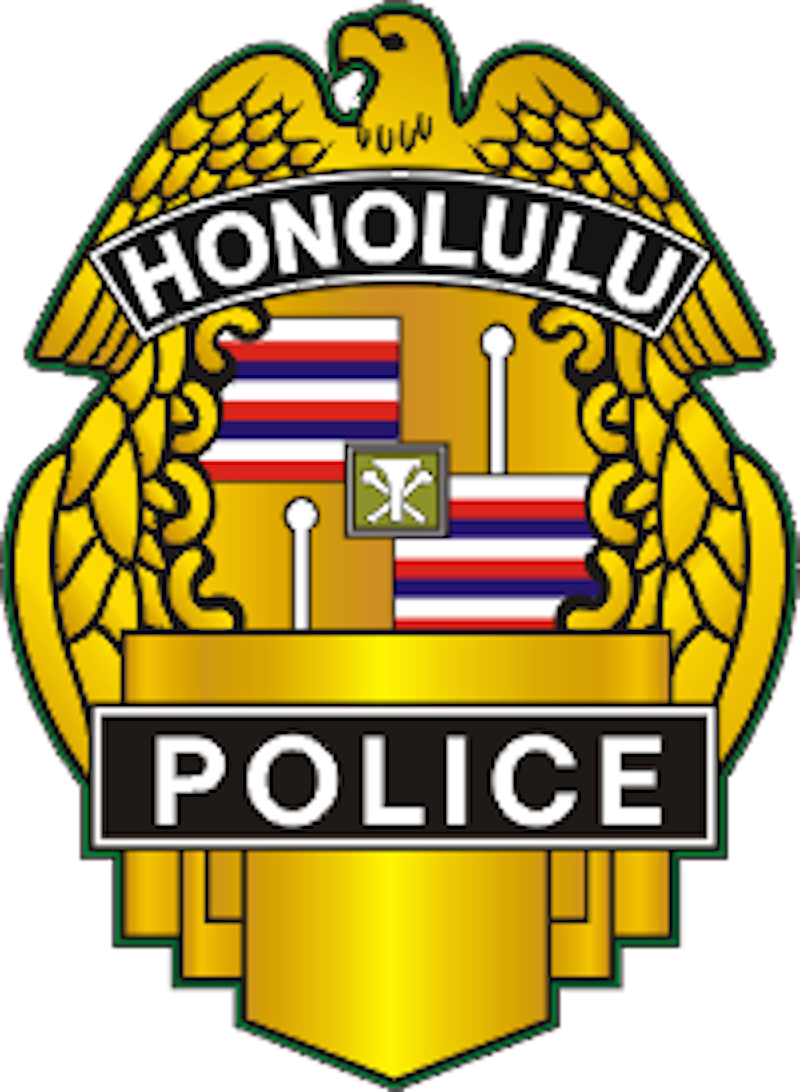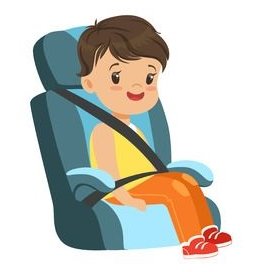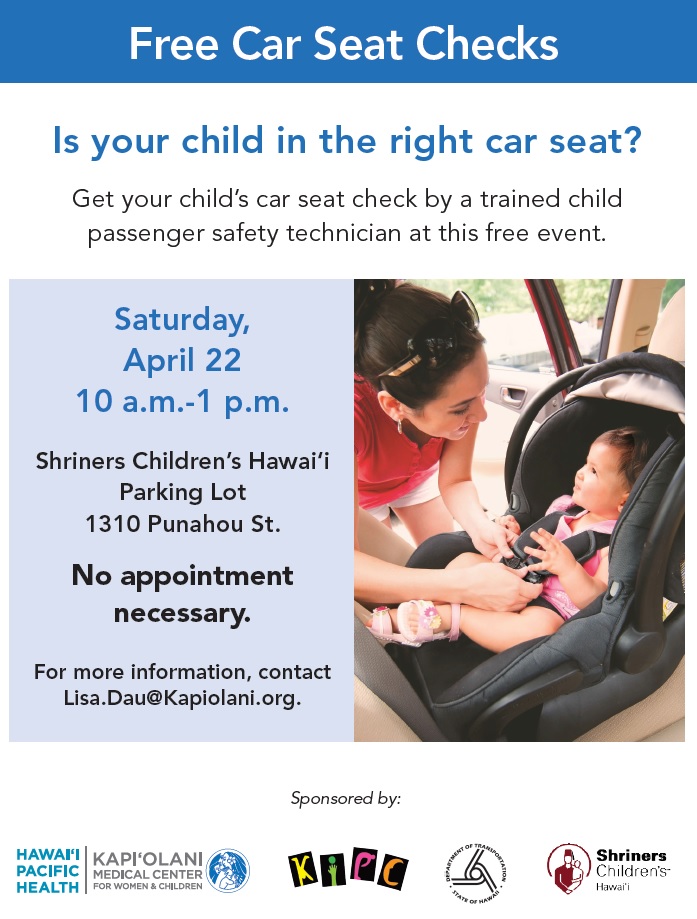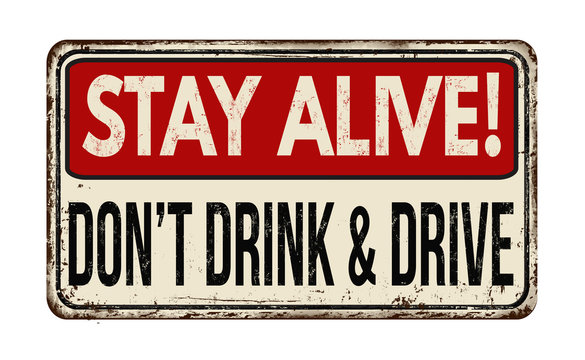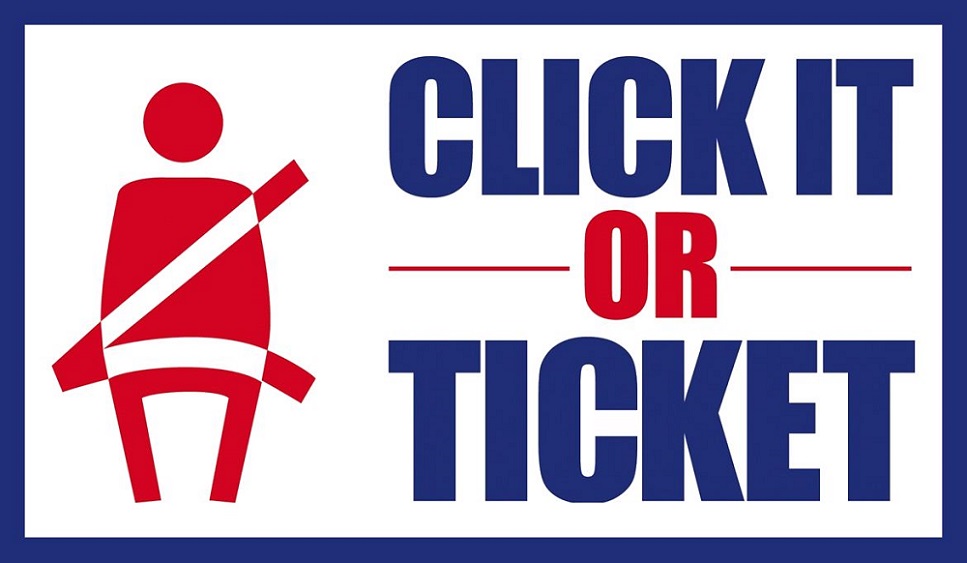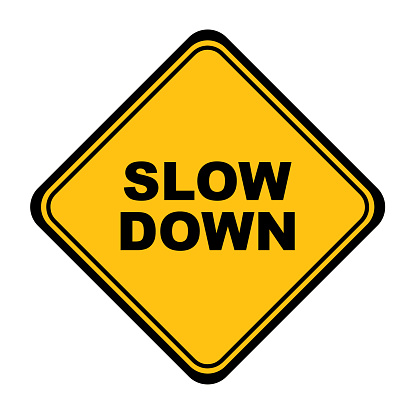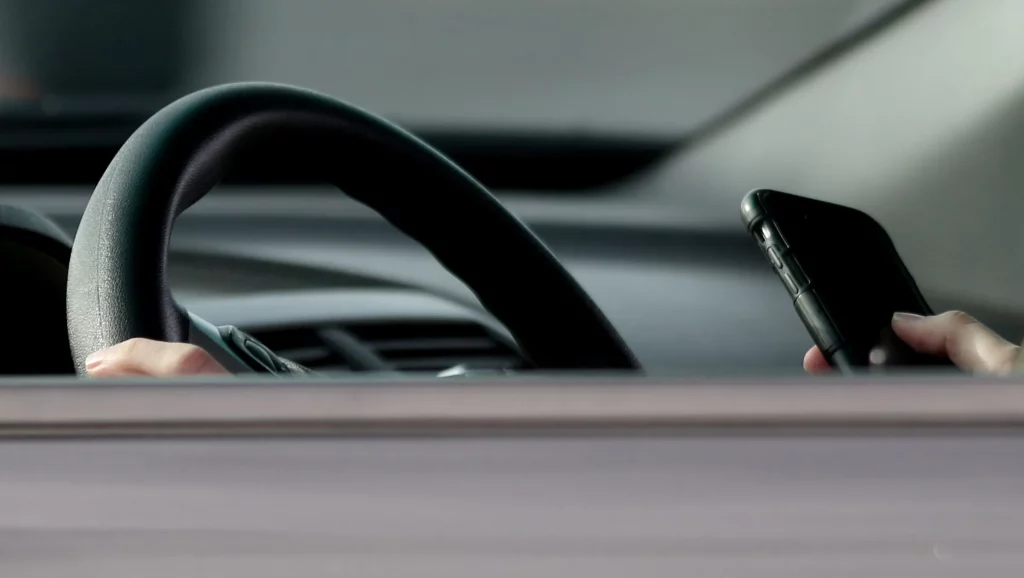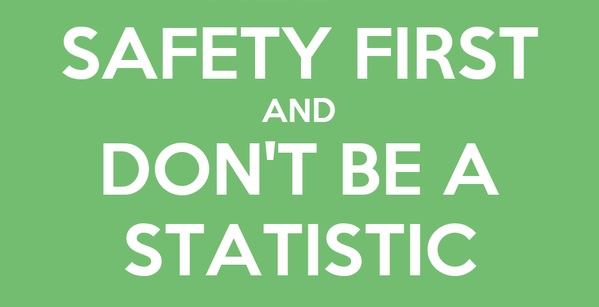The Move Over Law
Traffic incidents are the number one cause of death for emergency responders nationwide.
The “Move Over” law in Hawaii was created in 2012 after HPD officers Garrett Davis and Eric Fontes were killed while on duty in separate incidents. The law states, that if an emergency vehicle is stopped and their emergency lights are flashing, drivers are required to move to the adjacent lane. If you cannot move over, drivers are required to slow down to a reasonable speed.
Emergency workers respond to thousands of calls for assistance every month on our roadways and, every one of them out there, can tell you about a crash or a near miss because passing drivers didn’t give them any or enough room to perform their duties. Every single one of these calls could result in a completely preventable tragedy, where innocent people are killed or seriously injured because someone didn’t move over or slow down.
This law helps to protect the people, who risk their lives to serve the community. And as a reminder… the “Move Over” law isn’t just for highways. Drivers are required to move over or slow down for emergency vehicles on surface streets as well.
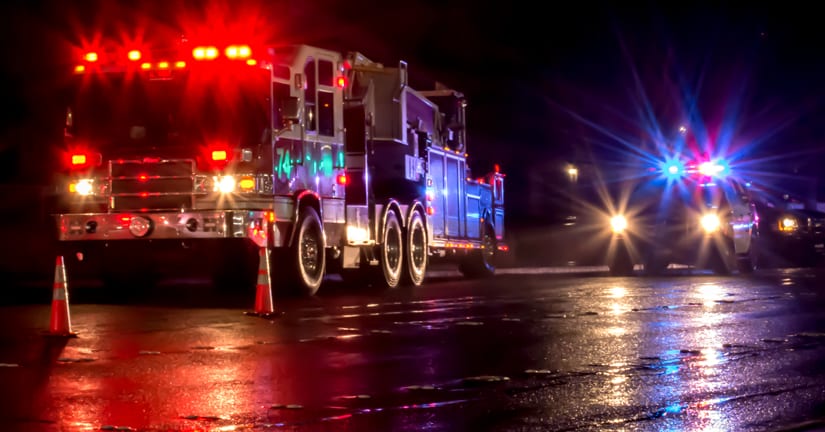
§291C-27 Emergency vehicle stopped for emergencies; duty of approaching vehicle.
A driver of a vehicle that is approaching an emergency vehicle that is stopped for an emergency, investigation of a possible traffic violation, rendering assistance to a police officer, or other official duties, as indicated by the flashing emergency lights of the stopped emergency vehicle, shall:
- (1) Slow down to a reasonable and prudent speed that is safe under the circumstances of an emergency road situation ahead. If necessary, the driver shall come to a complete stop before making a lane change under paragraph (2); and
- (2) Make a lane change into the adjacent lane if necessary and if it is safe to do so, or if possible, to two lanes over which leaves one lane between the driver and the emergency vehicle.
NOTE: Emergency vehicle means Police, Fire, EMS, Ocean Safety, Freeway Service Patrol, tow trucks and even some state and county vehicles while personnel are working.
Penalty: Court Summons Citation
Click here to for the full description of the Hawaii law.
External Resources
